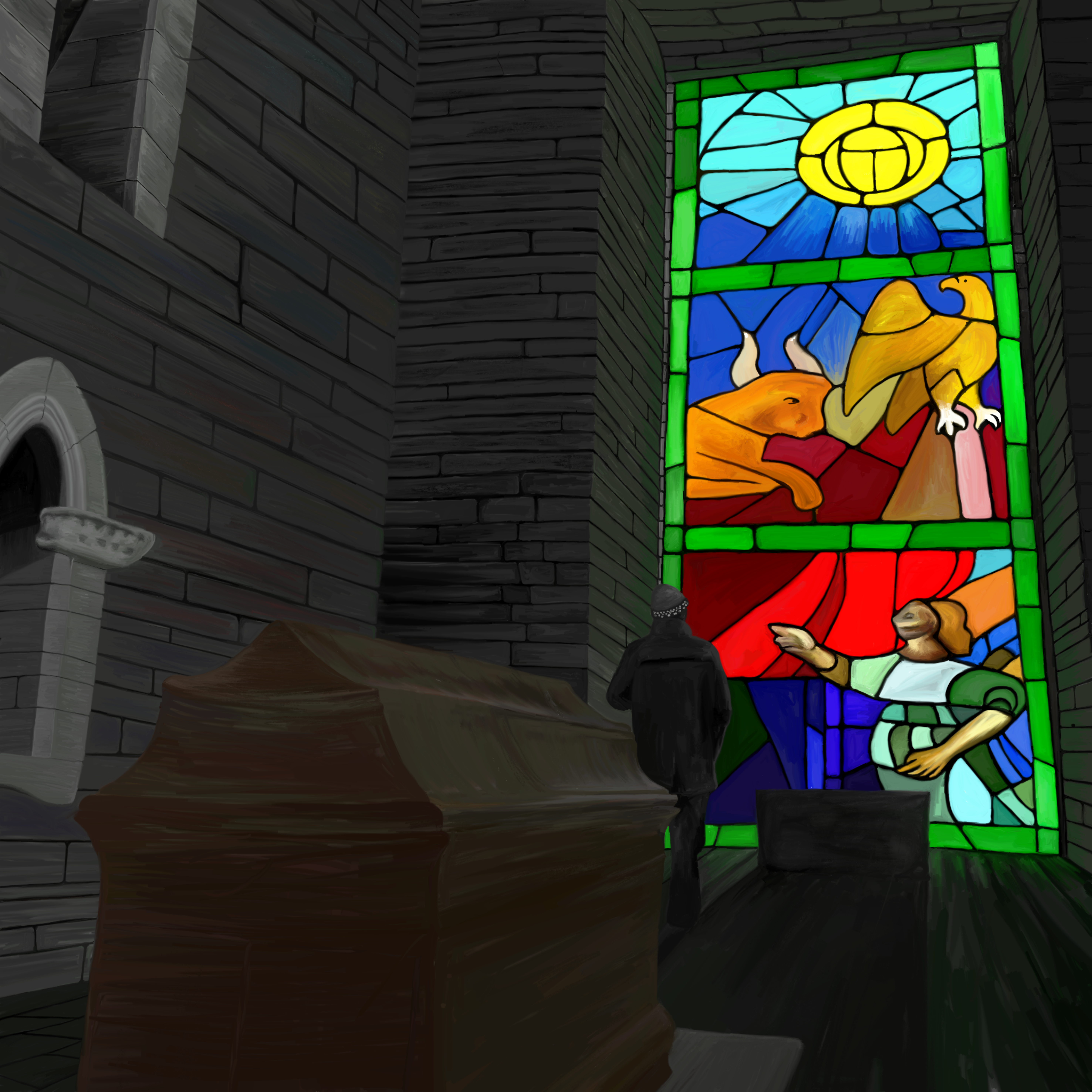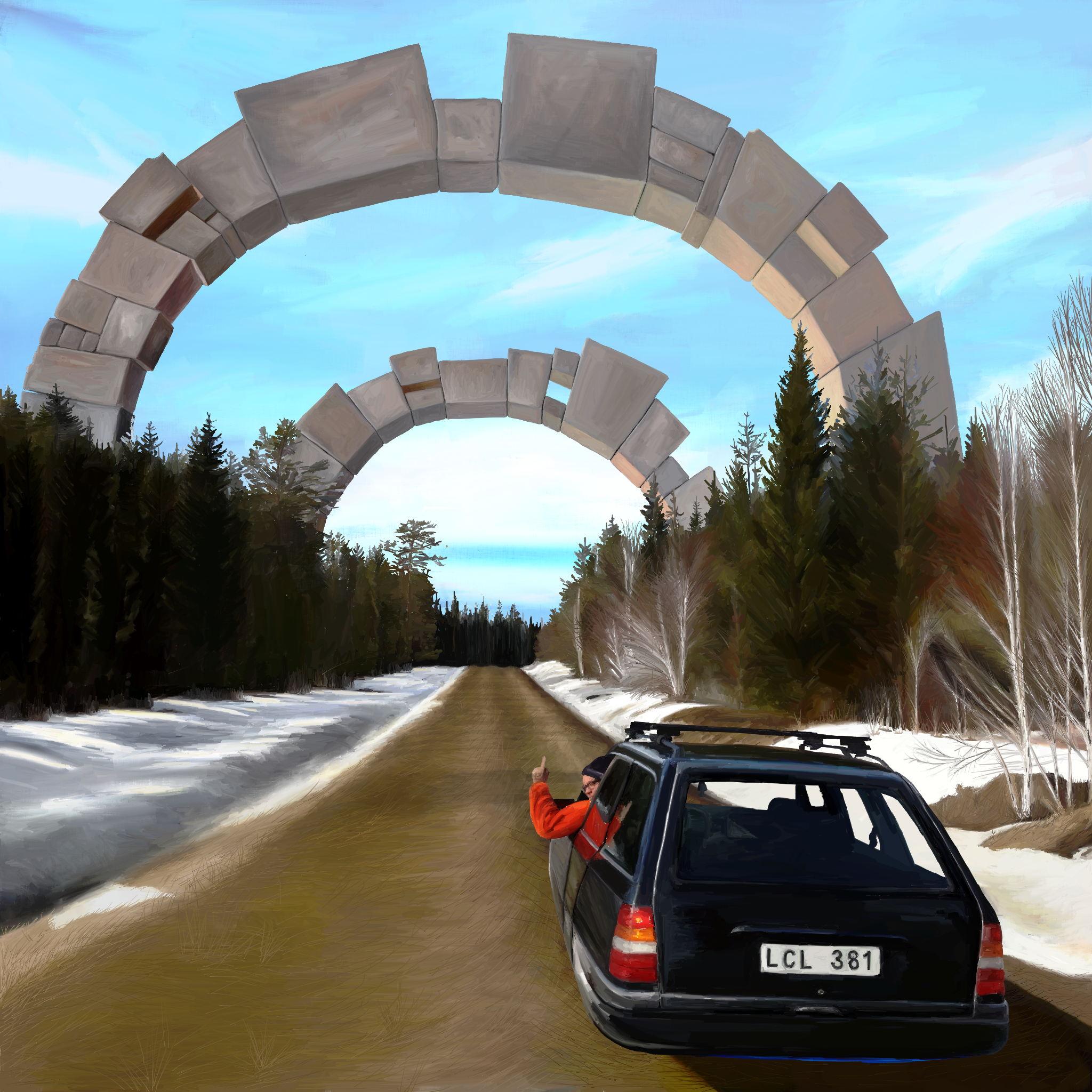Nostalgia, fr. Gr., νόστος (nóstos), ‘homecoming’ and ἄλγος (álgos), ‘pain’, is an audiovisual exploration of the future. The project unearths human exploitation of sentient life and offer alternative ways forward. By imagining what the present could have been like would we have had a different set of ecological, religious, scientific and philosophical historical trajectories, it examines cultural and religious archetypes and experiments with chronographic displacement. With a slight emphasis on shintoism, animism, africana, and Sámi symbolism, the project projects alternative architectural infrastructures on our everyday lives and opens up new avenues for though.
Since its launch in 2011, the project has been an important part of the geopoetics, a large umbrella project, with many branches and incarnations. Some of its output (see images below) has been shown to the public, at the ”Lay Low” exhibition, Husby Art Hall (2011), at the National Gallery (2016) and at GAC (2018). As a part of the geopoetical movement, its basic message has also been communicated at a number of public events and performaces, most notably at the poetry exhibition ”Bazar” at the Stockholm Public Library (2007) and at Cyklopen (2017).
To keep the project going, some of its output will be sold as NFTs at foundation.app/olofpetterss0n. Below you have some snapshots and a few thoughts about each piece.
 Still frame from ”Exteriority”. This hand made animated painting of, what could have been Frösö kyrka in Jämtland, Sweden, is the first in a series of studies of chronographic displacement. It depicts the movement of time and the resilient movement of sentient life.
Still frame from ”Exteriority”. This hand made animated painting of, what could have been Frösö kyrka in Jämtland, Sweden, is the first in a series of studies of chronographic displacement. It depicts the movement of time and the resilient movement of sentient life.
 Still frame from ”Interiority”. This is the second piece in a series of studies of chronographic displacement. It imagines the relationship between human and animal.
Still frame from ”Interiority”. This is the second piece in a series of studies of chronographic displacement. It imagines the relationship between human and animal.
 Still frame from ”Arcs”. This piece is the third in a series of studies of chronographic displacement. It is an image of a grass road in Jämtland. It depicts everyday life in the northern parts of Sweden and explores our animistic roots.
Still frame from ”Arcs”. This piece is the third in a series of studies of chronographic displacement. It is an image of a grass road in Jämtland. It depicts everyday life in the northern parts of Sweden and explores our animistic roots.
